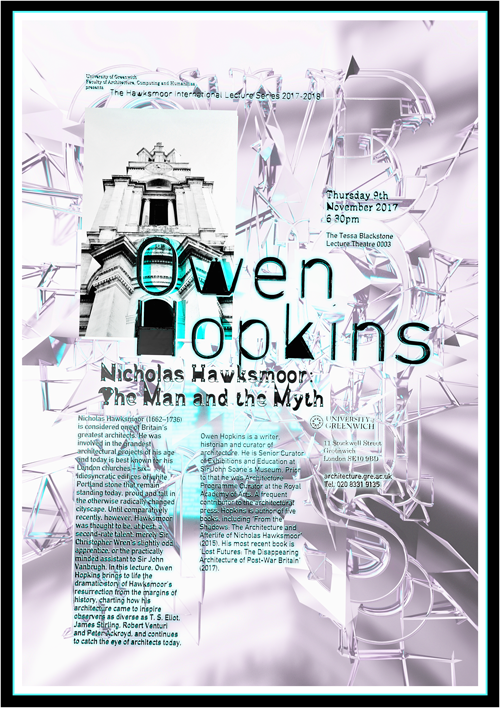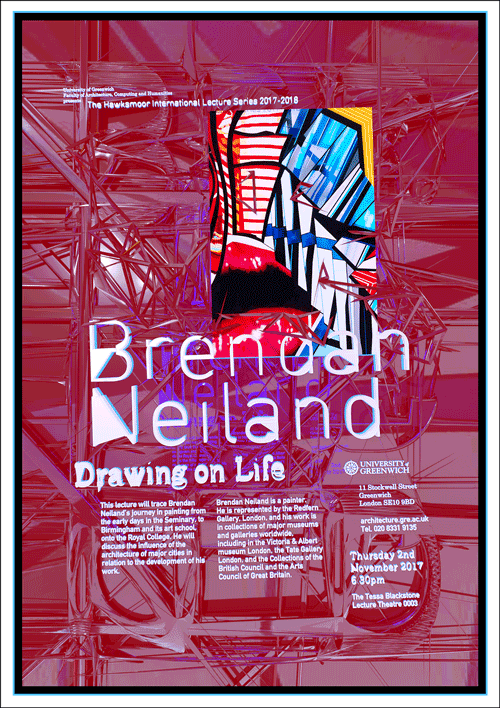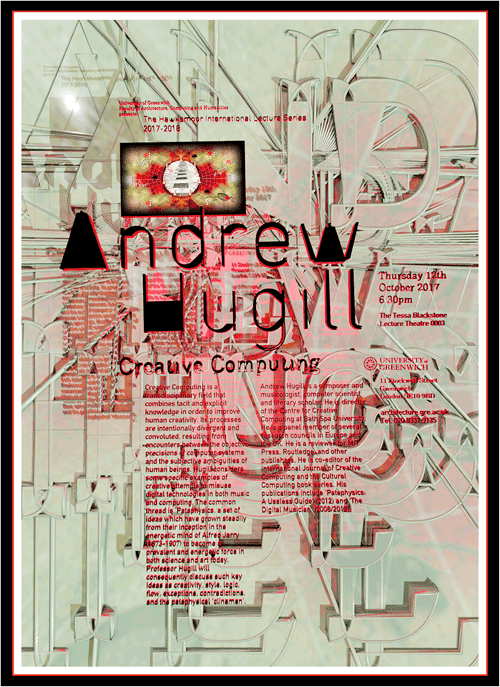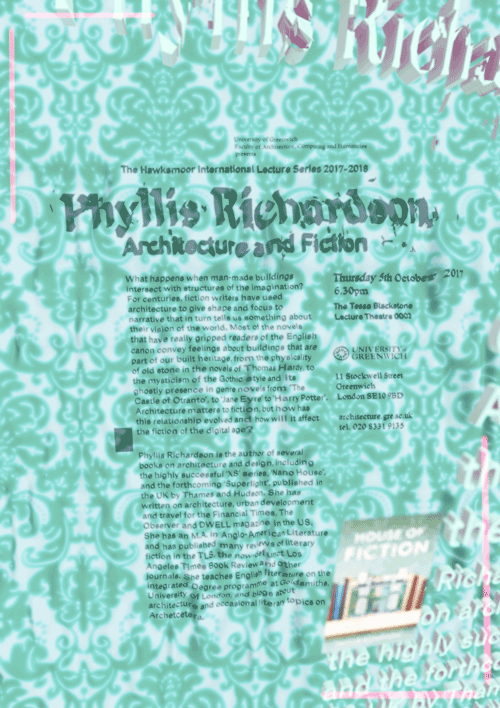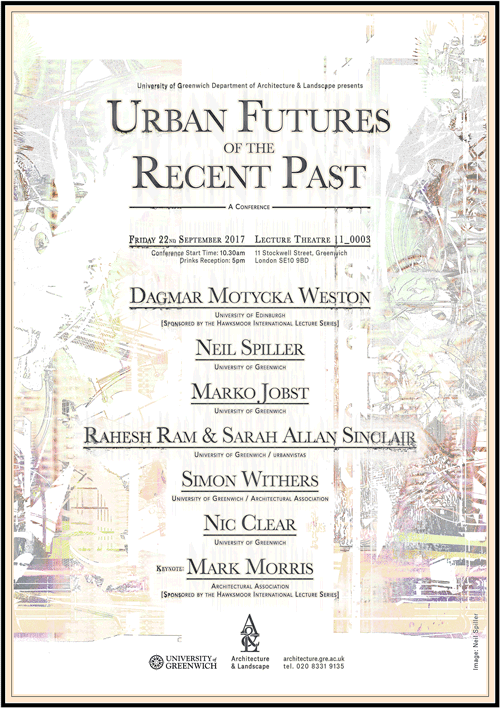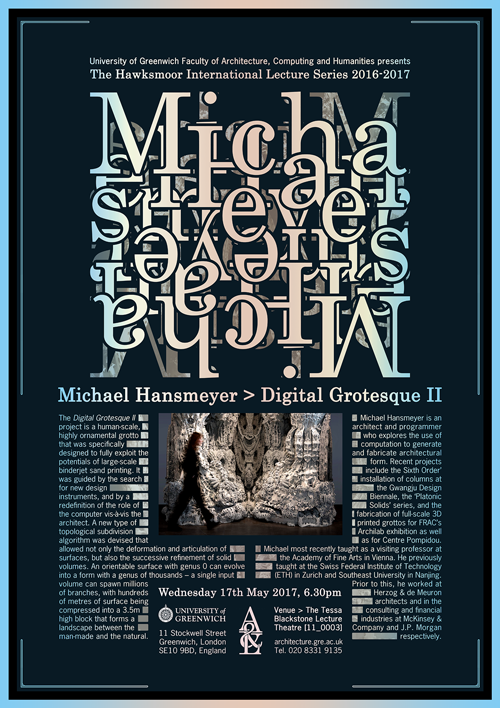- Thursday 16th November 2017, 6.30pm
- Tessa Blackstone Lecture Theatre [11_0003]
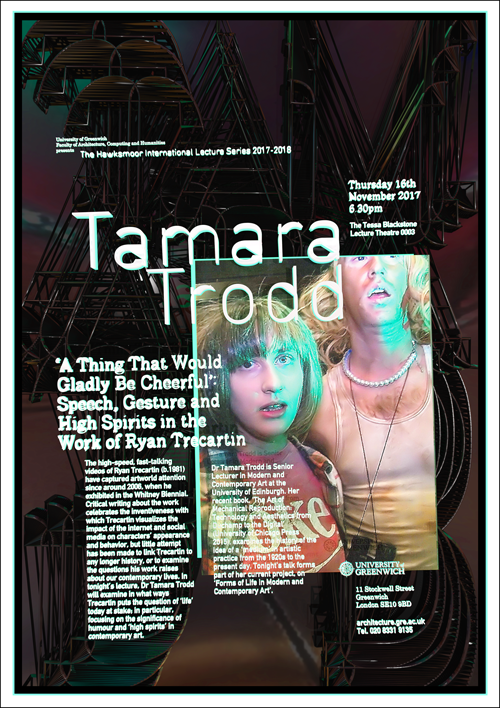
The high-speed, fast-talking videos of Ryan Trecartin (b.1981) have captured artworld attention since around 2006, when he exhibited in the Whitney Biennial. Critical writing about the work celebrates the inventiveness with which Trecartin visualizes the impact of the internet and social media on characters’ appearance and behavior, but little attempt has been made to link Trecartin to any longer history, or to examine the questions his work raises about our contemporary lives. In tonight’s lecture, Dr Tamara Trodd will examine in what ways Trecartin puts the question of ‘life’ today at stake; in particular, focusing on the significance of humour and ‘high spirits’ in contemporary art.
Dr Tamara Trodd is Senior Lecturer in Modern and Contemporary Art at the University of Edinburgh. Her recent book, The Art of Mechanical Reproduction: Technology and Aesthetics from Duchamp to the Digital (University of Chicago Press 2015), examines the history of the idea of a ‘medium’ in artistic practice from the 1920s to the present day. Tonight’s talk forms part of her current project, on ‘Forms of Life in Modern and Contemporary Art’.
